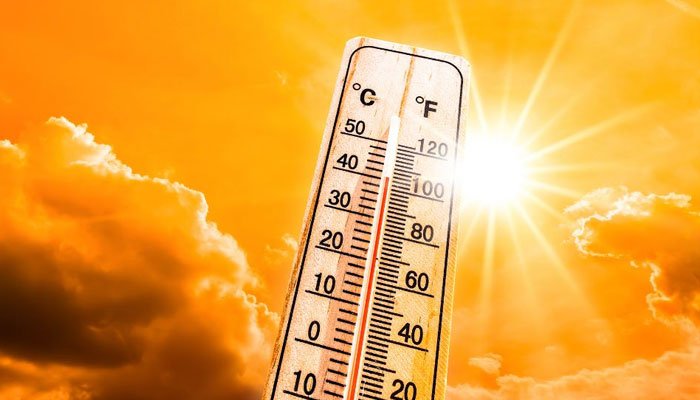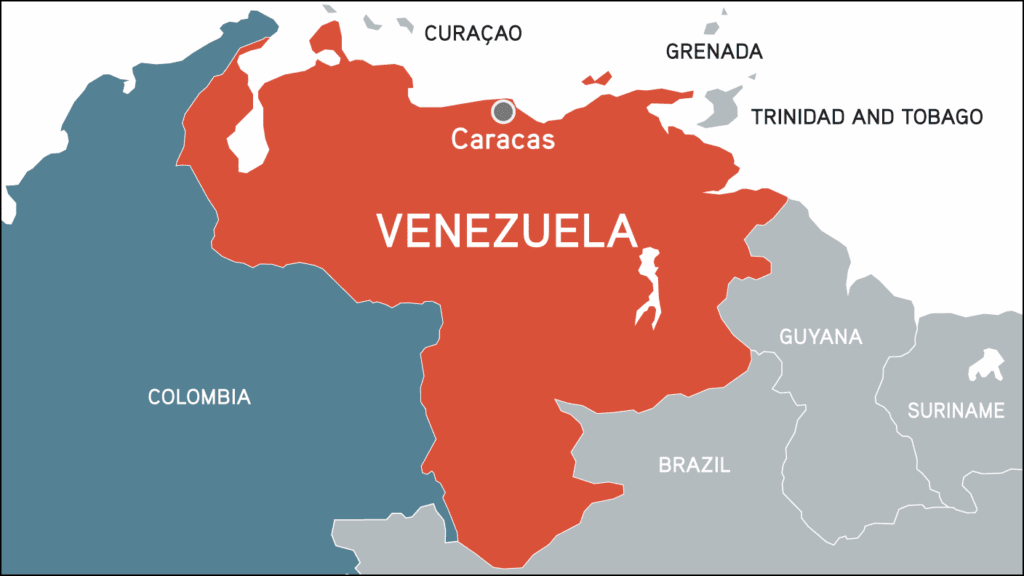There was a time when Lahore’s residents could look forward to the beauty of all four seasons—from warm summers and crisp autumns to cold winters and vibrant springs. Today, however, the city is stuck in a relentless cycle of sweltering heat and choking smog. The shift hasn’t gone unnoticed, and experts are sounding the alarm.
Lahore and nearby areas are once again bracing for a severe heatwave, with weather experts predicting dangerously high temperatures over the next 10 days. While April usually brings temperatures between 30°C to 37°C, recent years have shown a consistent rise. According to the Meteorological Department, the average temperature in April was 33°C in 2020, 35°C in 2021, jumped to a staggering 42°C in 2022, settled at 35°C in 2023, and climbed again to 37°C in 2024. Now in 2025, forecasts suggest it could hit 40°C.
Environmental experts point to unchecked urban growth and population increases as major reasons for Lahore’s warming trend. Between 1990 and 2020, a large portion of the city’s green areas were paved over for buildings and roads. The result? Lahore lost 70% of its tree cover between 2010 and 2017. According to the Punjab Urban Unit, Lahore’s built-up area grew from 438 km² to 759 km² over the past two decades. However, despite the city’s overall land area being 404 km², green spaces now make up only 2.8%—a drastic drop.
This deforestation has triggered what’s known as the urban heat island effect. Concrete buildings and roads absorb heat all day and release it slowly at night, keeping temperatures uncomfortably high even after sunset.
Meteorologists and climate scientists blame this on a mix of rising global temperatures, poor urban planning, and pollution. Dr. Zulfiqar Ali, a climate expert at the University of Punjab, explains that without natural cooling sources like trees and open land, the severity of heatwaves escalates quickly.
To protect citizens during this early heatwave, the Provincial Disaster Management Authority (PDMA) has issued safety guidelines. People are urged to avoid going outdoors between 11 AM and 4 PM, stay hydrated, wear loose, light-colored clothing, and look out for children and elderly individuals who are more vulnerable to heatstroke. Symptoms of heatstroke include dizziness, fever, nausea, and in severe cases, unconsciousness—requiring immediate medical help.
While these precautions can reduce some of the risks, experts insist that long-term changes are critical. These include better city planning that incorporates climate considerations, preserving and expanding green areas, and spreading awareness about the climate crisis.
If meaningful action isn’t taken soon, intense heatwaves could become a regular feature of life in Lahore—impacting not just health, but agriculture, the economy, and overall quality of life.













